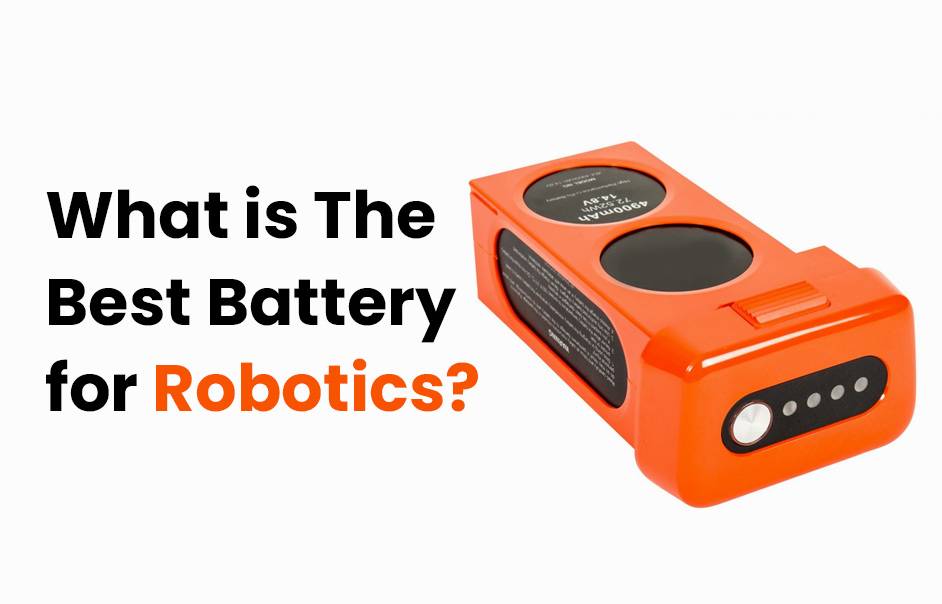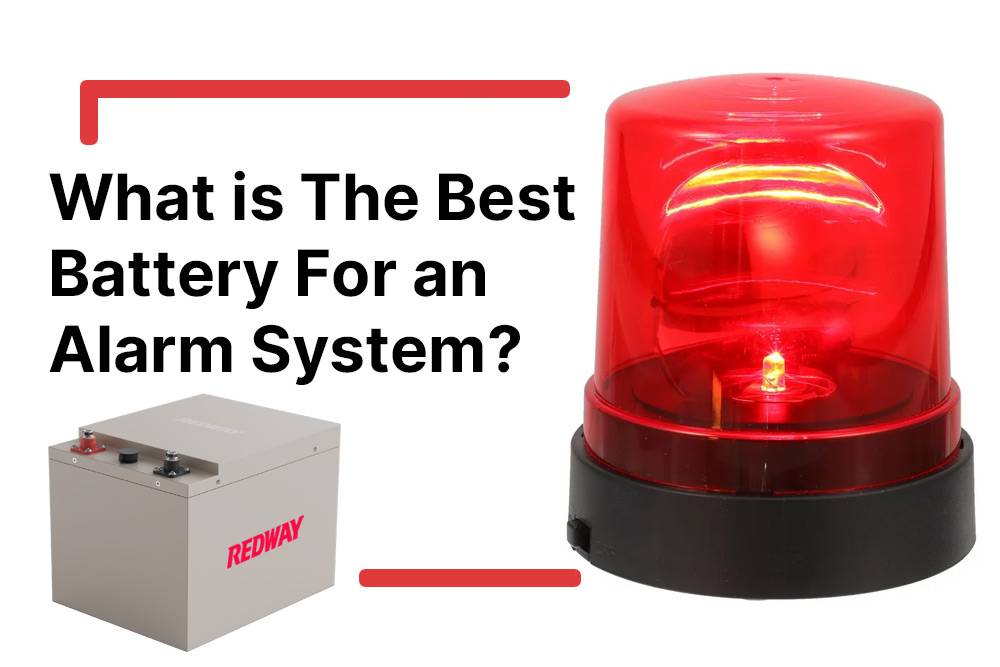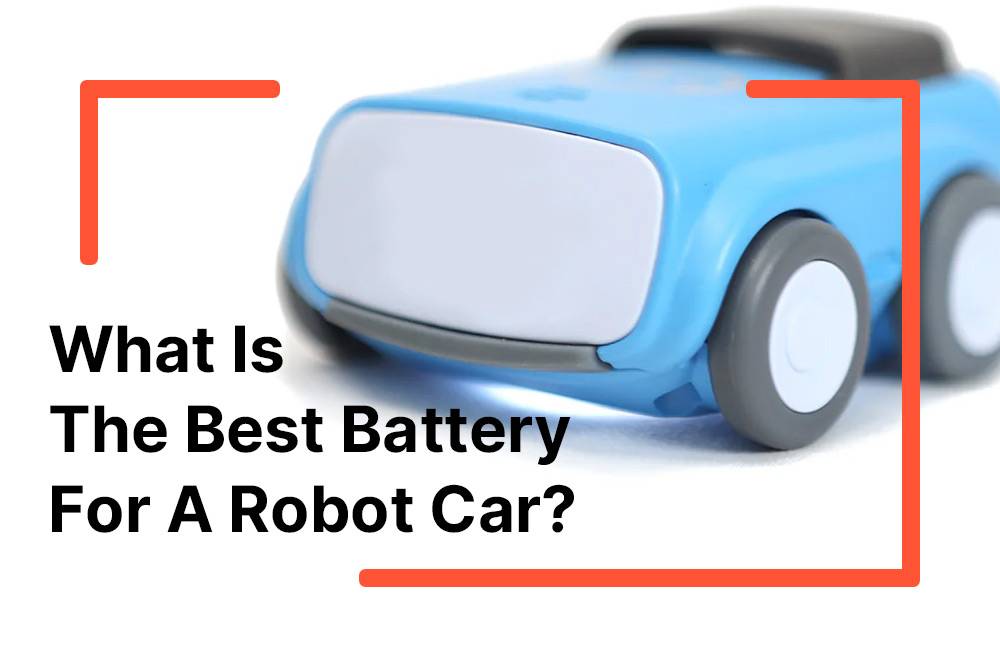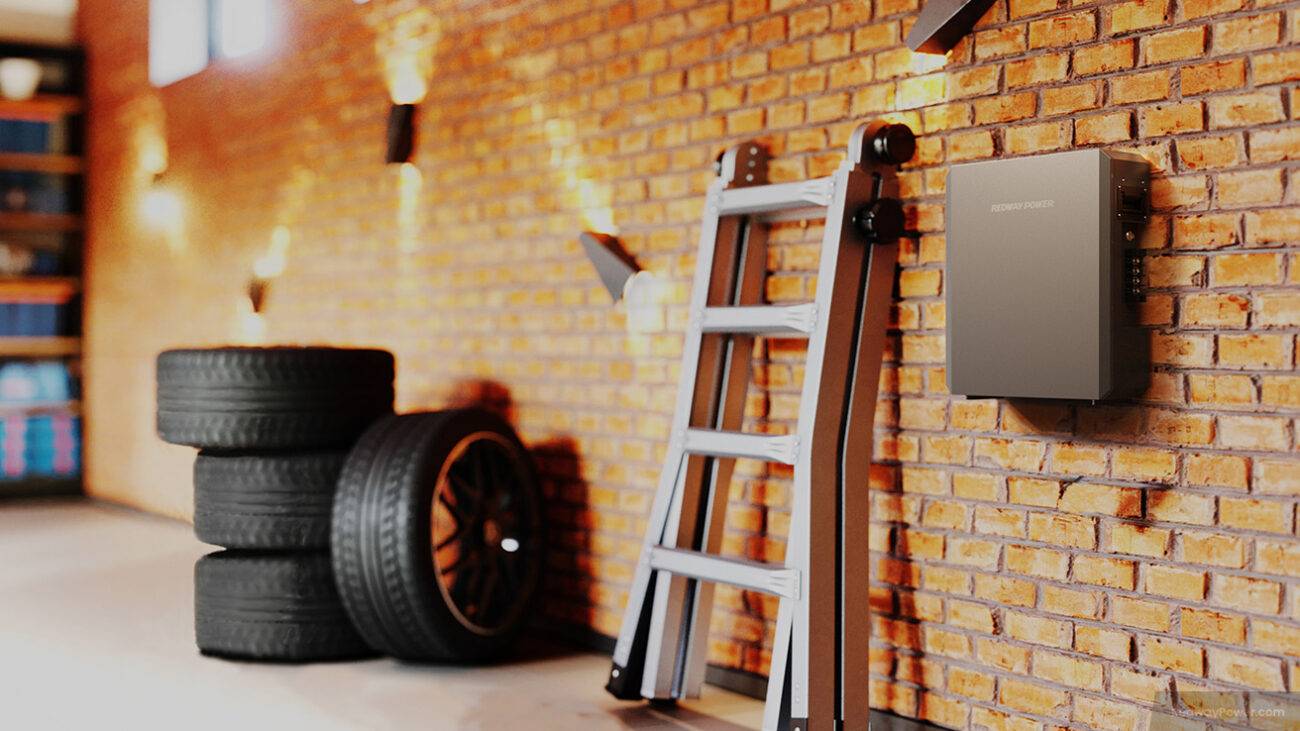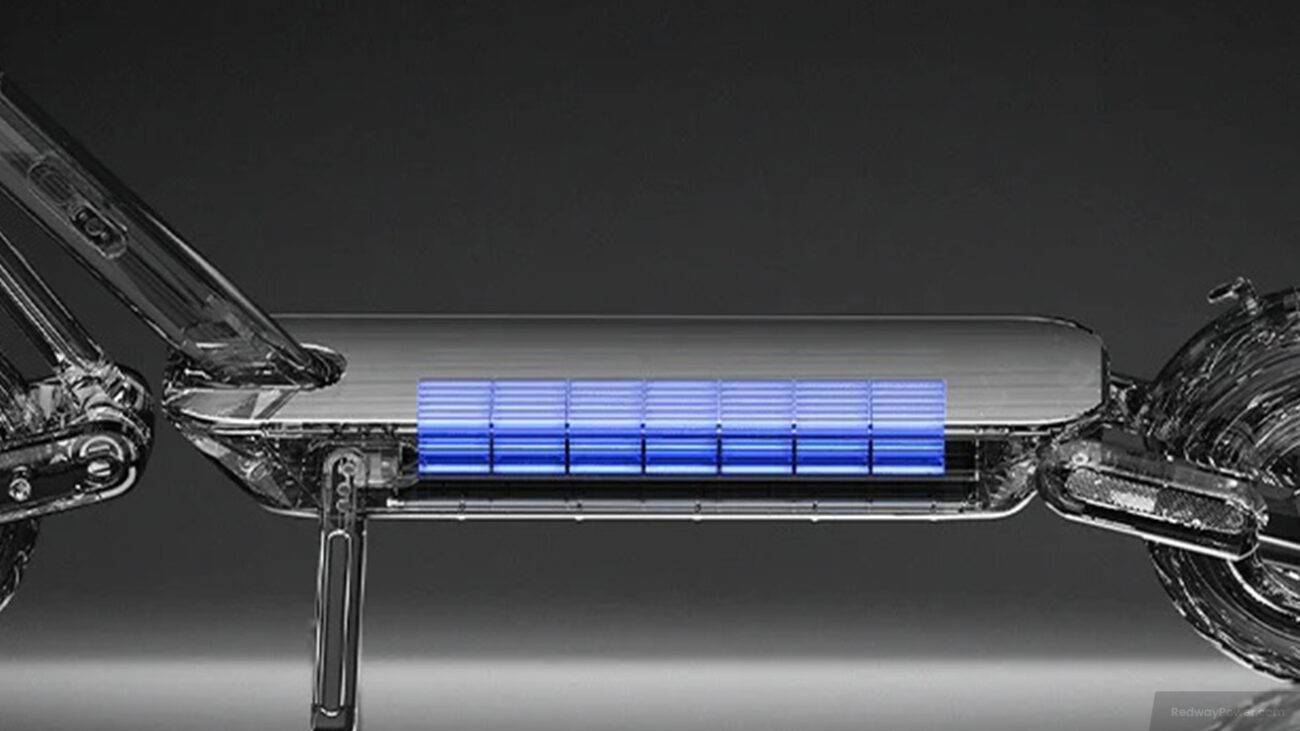What is the best battery for robotics?
Introduction to Robotics and Batteries
Welcome to the exciting world of robotics, where cutting-edge technology and innovation come together to create machines that can perform tasks autonomously. Whether you’re a hobbyist building your own robot or a professional working on advanced robotic systems, one thing is clear: powering these mechanical marvels requires a reliable and efficient battery.
Choosing the right battery for your robotics project may seem like a daunting task with so many options available. But fear not! In this blog post, we will guide you through the factors to consider when selecting a battery for robotics and discuss the different types of batteries commonly used in this field. So let’s dive in and power up your knowledge!
Factors to Consider When Choosing a Battery for Robotics
When it comes to choosing a battery for your robotics project, there are several important factors to consider. One of the most crucial considerations is the capacity of the battery. The capacity determines how long the battery can power your robot before needing to be recharged. It’s essential to choose a battery with enough capacity to meet your robot’s energy needs.
Voltage is another critical factor in selecting a suitable battery for robotics. The voltage level will determine whether or not the battery can provide enough power for your specific application. It’s important to ensure that the voltage of the chosen battery matches your robot’s requirements.
Size and weight also play a significant role in determining which battery is best suited for robotics. As robots often have limited space and need to be lightweight, choosing a compact and lightweight battery becomes vital.
Durability and lifespan are crucial factors when considering batteries for robotics applications as well. Robots can undergo rigorous tasks and face various environmental conditions, so it’s important to select a durable battery that can withstand these challenges.
Considering all these factors carefully will help you make an informed decision when choosing a suitable battery for your robotic project!
– Capacity
Capacity is one of the key factors to consider when choosing a battery for robotics. It refers to the amount of energy that a battery can store and supply to power the robot. The capacity of a battery is typically measured in ampere-hours (Ah) or milliampere-hours (mAh).
When it comes to robotics, having a battery with sufficient capacity is crucial as it determines how long the robot can operate before needing to be recharged or have its batteries replaced. If a robot requires high power consumption, such as those used in heavy-duty applications, then opting for a battery with higher capacity becomes essential.
Moreover, considering the specific requirements of your robotic application is important when determining the ideal capacity. Some robots may need extended operating times between charges while others might require quick recharge cycles for continuous operation.
It’s worth noting that increasing the capacity of a battery often results in increased weight and size. Therefore, striking a balance between desired runtime and portability is vital while selecting an appropriate battery for your robotic system.
Understanding and evaluating the required capacity based on operational needs plays an integral role in choosing an optimal battery solution for robotics.
– Voltage
Voltage is a critical factor to consider when choosing a battery for robotics. It determines the power output and performance of your robotic system. A higher voltage generally means more power, allowing your robot to perform tasks more efficiently. On the other hand, lower voltage batteries may not provide enough power for certain applications.
When selecting a battery based on voltage, it’s important to understand the specific requirements of your robotics project. Consider the energy needs of your motors, sensors, and any other components that rely on electrical power.
If you’re working with small-scale robots or low-power applications, a lower voltage battery might be sufficient. However, if you’re dealing with larger or more demanding projects that require greater speed and torque from motors or longer operating times between charges, opting for a higher voltage battery would be advisable.
It’s worth noting that increasing the voltage also affects other aspects such as weight and size considerations. Higher-voltage batteries often have increased capacity but can be bulkier and heavier than their lower-voltage counterparts.
Finding the right balance between voltage and other factors like capacity and size is crucial in determining which battery will best suit your robotic application.
– Size and Weight
When it comes to choosing a battery for robotics, size and weight are important factors to consider. The size of the battery will directly impact the overall size and weight of the robot, which can affect its mobility and maneuverability.
Ideally, you want a battery that is compact and lightweight without compromising on performance. A smaller battery means more space for other components in the robot’s design, while a lighter battery reduces strain on the motors and allows for longer operating times.
Additionally, the size and weight of the battery can also determine where it can be placed within the robot’s chassis. It needs to fit securely without adding excessive bulk or throwing off its balance.
Another consideration is portability. If your robot needs to be transported frequently or used in different locations, a smaller and lighter battery will make transportation much easier.
When choosing a battery for robotics, carefully consider its size and weight to ensure optimal performance without sacrificing mobility or functionality.
– Durability and Lifespan
Durability and lifespan are crucial factors to consider when choosing a battery for robotics. In the fast-paced world of robotics, where machines are subjected to constant movement, vibration, and potentially harsh environments, having a durable battery is essential.
A robust battery should be able to withstand the physical demands placed upon it without compromising its performance or safety. It should be resistant to impact, temperature fluctuations, moisture ingress, and other environmental factors that can degrade its functionality over time.
Additionally, considering the lifespan of a battery is important because frequent replacements can disrupt the efficiency and productivity of robotic systems. A longer lifespan means fewer disruptions in operations and maintenance costs.
To ensure durability and longevity in batteries for robotics applications, manufacturers often employ advanced materials and technologies such as rugged casings, enhanced cell chemistries, and intelligent management systems that optimize charging cycles and protect against overcharging or deep discharging.
Investing in high-quality batteries designed specifically for robotic applications may initially seem costly but can save you significant time and money in the long run by reducing downtime due to battery failures or replacements.
Types of Batteries commonly used in Robotics
Lithium-ion Batteries:
One of the most popular types of batteries used in robotics is the lithium-ion battery. These batteries are known for their high energy density, which means they can store a lot of power in a compact size. This makes them ideal for robots that need to be lightweight and agile. Additionally, lithium-ion batteries have a long lifespan and can be recharged multiple times without losing capacity.
Nickel-metal Hydride (NiMH) Batteries:
Another common choice for robotics applications is nickel-metal hydride (NiMH) batteries. These batteries offer a good balance between capacity, voltage, and cost. They have a higher energy density than lead-acid batteries but not as high as lithium-ion ones. NiMH batteries also have no memory effect, meaning they can be recharged at any time without impacting their performance.
Lead-Acid Batteries:
While less common nowadays due to advancements in technology, lead-acid batteries still find use in certain robotic applications where cost is a significant factor. These batteries are relatively inexpensive compared to other options but tend to be heavier and bulkier. Lead-acid batteries also require regular maintenance and should not be deeply discharged.
Each type of battery has its advantages and disadvantages when it comes to robotics applications. It’s important to consider factors such as capacity, voltage requirements, size/weight limitations, durability/lifespan needs before making your decision on which battery best suits your robot’s specific requirements.
– Lithium-ion Batteries
Lithium-ion batteries have gained immense popularity in the field of robotics, and for good reason. These batteries are known for their high energy density, allowing them to store a significant amount of power in a compact size. This is particularly advantageous for robotics applications where space is limited.
Another key advantage of lithium-ion batteries is their ability to maintain a consistent voltage throughout their discharge cycle. This ensures that the robot’s performance remains stable, even as the battery drains. Additionally, lithium-ion batteries have a low self-discharge rate, meaning they can hold their charge for extended periods without losing power.
In terms of weight and size, lithium-ion batteries are generally lighter and more compact compared to other battery types such as lead-acid or nickel-metal hydride (NiMH) batteries. This makes them ideal for mobile robots or drones that require agility and maneuverability.
Durability is another important factor when considering battery options for robotics. Lithium-ion batteries tend to have a longer lifespan compared to NiMH or lead-acid batteries, thanks to their superior chemistry and design.
While there are many advantages associated with lithium-ion batteries, it’s worth noting some potential drawbacks as well. They can be more expensive than other battery types initially; however, over time they often prove more cost-effective due to their longevity. It’s also essential to handle these batteries with care since improper charging or discharging can result in safety hazards such as overheating or even explosions.
Lithium-ion batteries offer numerous benefits that make them an excellent choice for powering robotic devices. Their high energy density, consistent voltage output, lightweight design, durability,and long lifespan make them an ideal option for various robotics applications.
– Nickel-metal Hydride (NiMH) Batteries
Nickel-metal Hydride (NiMH) batteries have been a popular choice for robotics applications due to their higher energy density compared to other battery types. This means that they can store more energy in a smaller size, making them ideal for robots with limited space.
One of the advantages of NiMH batteries is their ability to provide a consistent voltage output throughout their discharge cycle. This ensures stable and reliable performance, which is crucial for robotics systems that require precise control and operation.
In addition, NiMH batteries are known for their longer lifespan compared to other rechargeable battery options. They can withstand hundreds of charge-discharge cycles before experiencing significant degradation in performance. This durability makes them a cost-effective solution in the long run.
Furthermore, NiMH batteries are considered environmentally friendly as they do not contain toxic heavy metals like lead or cadmium found in some other battery chemistries. This makes them easier to dispose of safely when they reach the end of their life.
However, it’s important to note that NiMH batteries have slightly lower energy density compared to lithium-ion batteries, which may limit their use in high-power robotic applications requiring extended periods of operation without recharging.
Despite this drawback, Nickel-metal Hydride (NiMH) batteries remain a popular choice for many robotics applications due to their reliability, longevity, and environmental friendliness.
– Lead-Acid Batteries
Another type of battery commonly used in robotics is the lead-acid battery. These batteries have been around for a long time and are known for their reliability and durability. They are often used in applications where high power output is required.
Lead-acid batteries come in different sizes and capacities, making them suitable for a wide range of robotic applications. One advantage of lead-acid batteries is that they can deliver high current bursts, which makes them ideal for powering motors or other high-powered components.
However, lead-acid batteries have some drawbacks as well. They tend to be heavier and bulkier compared to other types of batteries, which can limit their use in certain robotic designs where space and weight are constraints.
Additionally, lead-acid batteries require regular maintenance to ensure optimal performance and longevity. This includes monitoring the electrolyte levels, checking for any signs of corrosion or damage, and ensuring proper charging procedures are followed.
Despite these limitations, lead-acid batteries remain a popular choice in certain robotics applications due to their affordability and ability to provide reliable power outputs. It’s important to carefully consider the specific needs of your robot before deciding on the best battery option.
Advantages and Disadvantages of Each Type of Battery
To wrap up, let’s take a closer look at the advantages and disadvantages of each type of battery commonly used in robotics.
Lithium-ion batteries are highly popular due to their high energy density, lightweight design, and long cycle life. They offer excellent power output and have a slow self-discharge rate. However, they can be costly and require careful handling to avoid safety hazards such as overheating or explosion.
Nickel-metal Hydride (NiMH) batteries are known for their good energy density, reliability, and cost-effectiveness. They have a longer lifespan than lithium-ion batteries but may suffer from memory effect if not properly maintained. NiMH batteries are also bulkier and heavier compared to lithium-ion alternatives.
Lead-Acid batteries have been around for a long time and remain widely used in certain robotic applications. They are inexpensive compared to other options and can deliver high current levels when needed. However, they are quite heavy, have low energy density, shorter lifespan with frequent deep cycling required for optimal performance.
In conclusion (without using “In conclusion”), there is no one-size-fits-all answer to what the best battery for robotics is. The choice depends on several factors including capacity requirements, voltage needs, size constraints, durability expectations,and budget considerations.
Ultimately,the key is finding the right balance between power demands,reliability,and suitability for your specific robotic application.
It’s important to carefully evaluate the prosand cons of each battery type before makinga decision.
Based on your unique needs,you can selectthe most appropriate option that will provideoptimal performance while ensuring efficiencyand safety.
What matters most is choosing abattery that will fuel your robot’s success!

